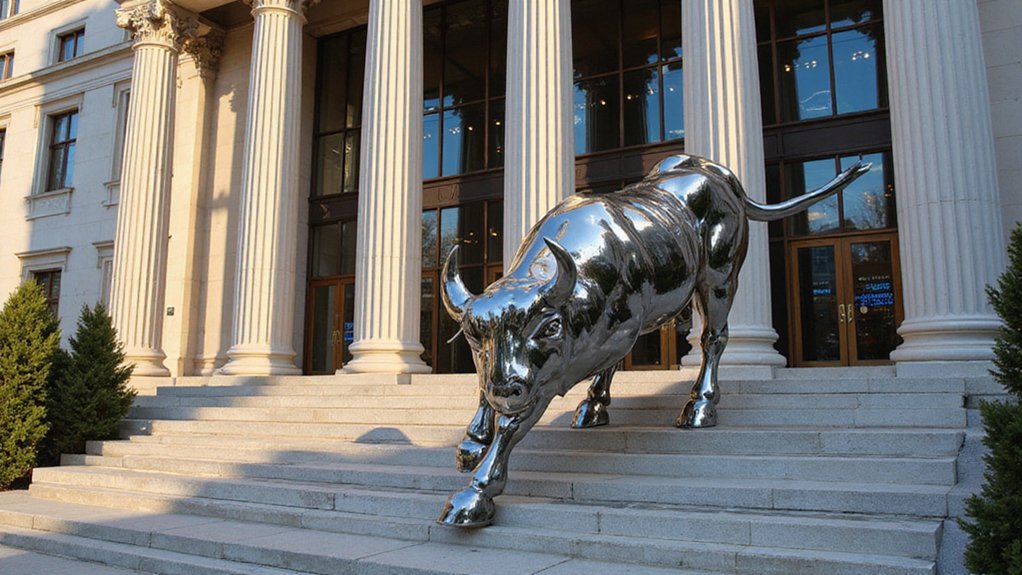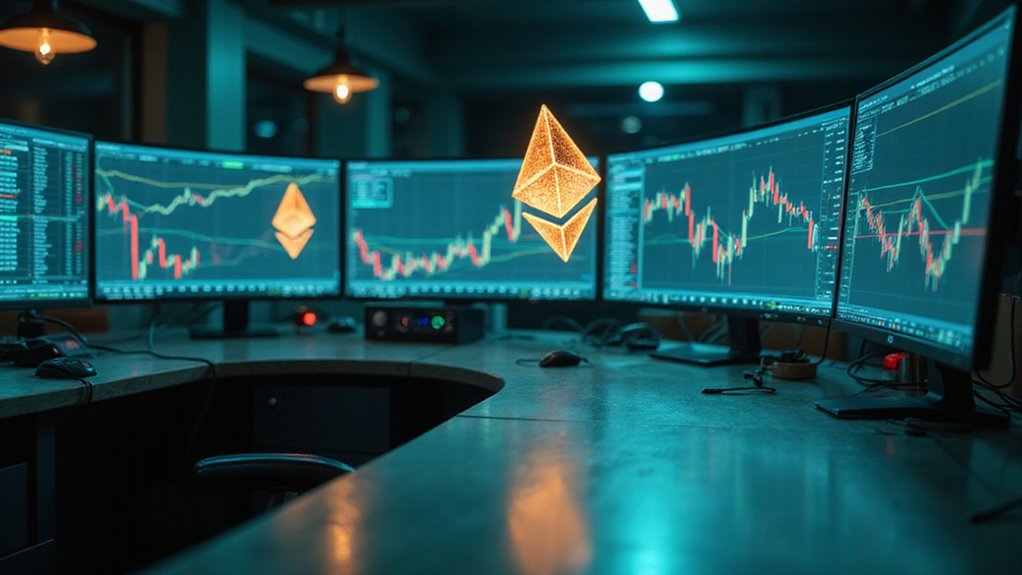The momentum behind artificial intelligence has reached what can only be described as a tipping point—though given the technology sector’s penchant for hyperbole, one might reasonably wonder whether we’re witnessing genuine transformation or merely the latest iteration of Silicon Valley’s perpetual revolution theater.
Yet the numbers suggest something more substantive: a $391 billion global market positioned for fivefold expansion over five years, with compound annual growth rates between 27% and 38% that would make traditional portfolio managers weep with envy.
Corporate America has apparently received the memo. Eighty-three percent of companies now classify AI as a top business priority (one wonders what occupied that coveted position previously), while 55% actively deploy AI solutions and another 45% plan implementation.
Even small businesses—traditionally skeptical of technology that promises to revolutionize everything—report 89% adoption rates for AI automation tools.
The investment landscape reflects this enthusiasm with characteristic excess. U.S. private AI investment reached $109.1 billion in 2024, dwarfing China and the UK combined, while generative AI alone attracted $33.9 billion globally.
Fourth quarter 2024 established a funding record of $43.8 billion, suggesting either unprecedented opportunity or spectacular bubble formation (history suggests both interpretations often prove correct simultaneously).
Healthcare provides compelling validation beyond the hype. FDA approvals for AI-enabled medical devices surged from six in 2015 to 223 in 2023, while 38% of providers now employ AI for diagnostic purposes.
Netflix extracts $1 billion annually from AI-powered recommendations—a figure that should give pause to anyone dismissing algorithmic decision-making as mere novelty.
The workforce implications merit attention. An estimated 97 million people occupy AI-related roles globally, commanding wage premiums that increase annually. Manufacturing organizations, in particular, stand to gain an estimated $3.78 trillion from AI implementation by 2035, representing one of the largest sectoral opportunities in the technology revolution.
Revenue per worker has grown faster in AI-utilizing industries, nearly quadrupling following the 2022 awareness surge that transformed casual interest into strategic imperative. The prospect of AI contributing an additional 26% to global GDP by 2030—equivalent to $15.7 trillion—underscores the transformative economic potential at stake.
Meanwhile, decentralized AI platforms are emerging as alternatives to traditional centralized systems, promising to address concerns about censorship and bias while offering enhanced privacy and transparency.
Whether this represents sustainable transformation or elaborate wealth redistribution remains unclear.
What seems certain is that organizations positioning themselves at the forefront of AI adoption are capturing disproportionate returns, while those hesitating risk obsolescence in an increasingly algorithmic economy.







